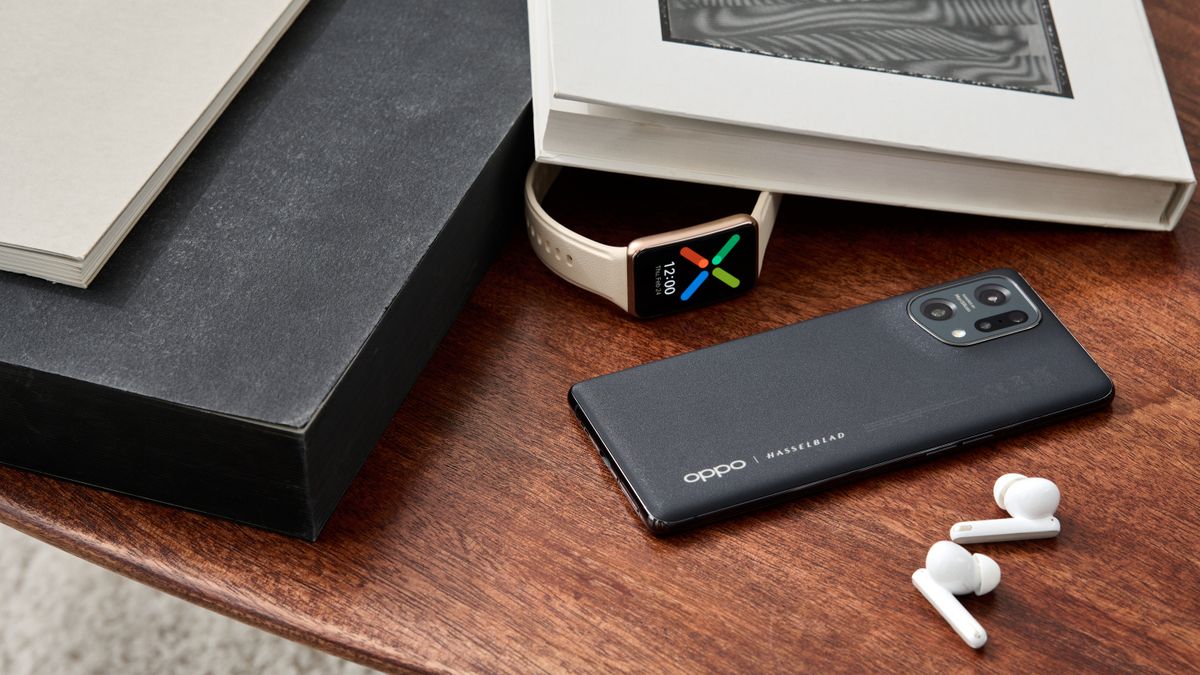Sun converts plastic and CO2 into fuel
Using the sun, fuel can be made from two waste materials in a new type of reactor. The solution?
Contents
From petroleum, back to oil
The idea is not that crazy. In many ways, plastics such as polyethylene are solidified petroleum. The raw materials for plastic are almost all extracted from petroleum. Through a number of chemical reactions, they change in a reactor, in so-called monomers. These plastic building blocks become long chains, polymers, when zipped together: the plastic. Poly means a lot and the reason many plastics have the word poly in their name is that they consist of many monomers.
In principle, you can also reverse this process. Some plastic, like all matter, is made up of atoms, and atoms never wear out. Of course it takes energy. But there is plenty of it, from the sun.
From PET bottle to fuel
A number of chemists at the University of Cambridge have developed a reactor that can do just that. The type of plastic used in the reactor is PET, which is used to make soft drink bottles, for example. In the first step, these PET bottles are shredded and then immersed in liquid nitrogen. At these extremely low temperatures, plastics become very brittle and are easy to grind into a powder. This powder form is necessary for plastic to react with the catalyst and carbon dioxide.
CO2 is also added to the reactor and a catalyst. The reactions take place near the electrodes where there is sunlight or shine. These consist of perovskite: an increasingly popular material for making solar cells.
Different types of end products
Depending on which type of catalyst is added, the researchers were able to make different types of end products. For example, fuels, but also other chemicals for which there is a great demand. Both CO2 and plastic are consumed in this process. The catalytic converter continues to do its job. It was not clear from the summary of the scientific article whether this was also successful with plastics other than PET alone. PET is only part of all plastic.
Useful applications
The big advantage of this process is that it can be done with the aid of sunlight and that two waste products can be converted into valuable products. Of course, PET bottles must be separated from other waste. In principle, this is already done during waste separation, by shredding them and making use of the difference in specific weight. The team is now working on further developing the concept. They expect to have results within five years.
A good thing, of course, because microplastics are becoming an increasing scourge. Even in our body. Any solution to get rid of that mess is very welcome.


